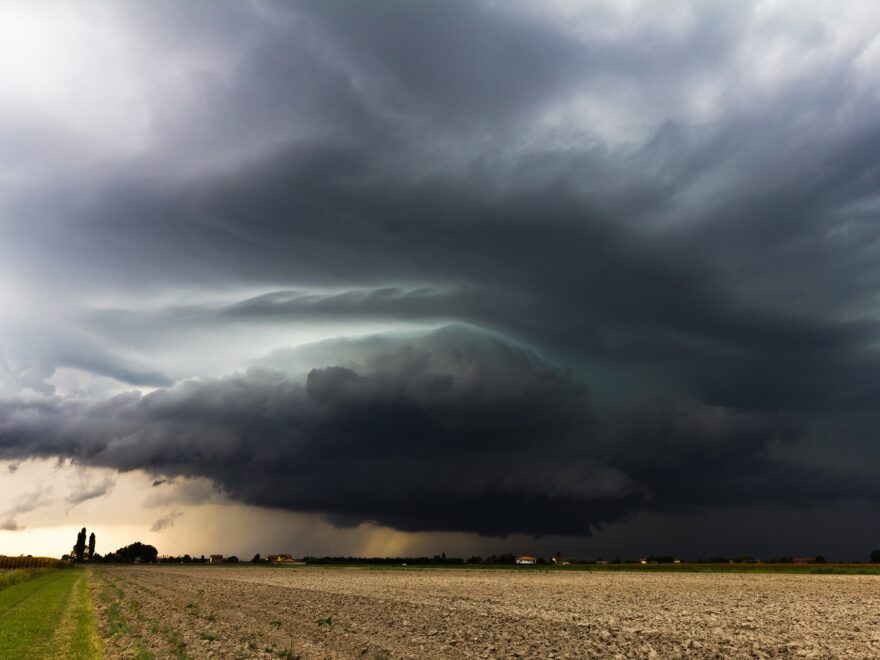Thunderstorms are powerful meteorological events characterized by lightning, thunder, strong winds, and heavy rain. These storms can occur almost anywhere in the world but are most common in the late spring and summer months.
So, how do thunderstorms form?
Thunderstorms form when warm, moist air rises into the atmosphere and cools, leading to the formation of cumulonimbus clouds. This process, known as convection, occurs when the sun warms the Earth’s surface, causing the air near the surface to become warm and less dense. As the warm air rises, it cools, and the moisture in the air condenses into visible clouds.

In order for a thunderstorm to form, there must be a sufficient amount of moisture in the air and a strong updraft to lift the moist air high into the atmosphere. This can occur when warm air near the surface of the Earth rises and cools as it moves upward.
One common trigger for the formation of thunderstorms is the presence of a cold front. A cold front is a boundary between a mass of cold air and a mass of warm air. As the cold air pushes under the warm air, it forces the warm air to rise rapidly, leading to the formation of cumulonimbus clouds.
Thunderstorms can also form due to other weather phenomena, such as a tropical cyclone or a mountain range.
Thunderstorms can be dangerous due to the strong winds, lightning, and heavy rain that they produce. However, they are also a vital part of the Earth’s weather system and play a critical role in the water cycle.

